In a side-by-side taste test, fish preferred fluoro to nylon at least four-to-one.
This week’s Florida fishing tip is about leader material.
Fluorocarbon leader material hit the market about 15 years ago. Frankly I thought it was a scam. Looks just like nylon monofilament leader. Costs 10 times more. Couldn’t be worth the price difference. Or so I thought.
Through my writing some fluorocarbon leader material found its free sample way into my hands. My friend Rick DePaiva and I guided for false albacore in North Carolina that fall, out of Capt. Joe Shute’s Bait and Tackle in Atlantic Beach. We’d sometimes use frozen glass minnows to chum the tunny up around the boat. I got the idea to do some testing.
When I had two anglers in the boat I would rig one with a 12 pound nylon leader material tippet. I’d rig the other with a 12 pound fluorocarbon leader material tippet. They’d both be using the same fly pattern.
The fluoro guy would outfish the nylon guy four or five to one.
I would switch the nylon guy’s tippet to a fluoro tippet. The strikes would immediately even out.
I conducted this side-by-side test five or six times and got the same results each time. At that point the experiment ended. It was obvious that although the fluoro and nylon looked the same to me, it was clearly different to the fishies.
I’ve used fluorocarbon for my leader material, both fly and spin, ever since.
I’ve tried various brands. Some are terrible. My current favorites are Seaguar and TripleFish. I carry leader wheels in pound test ranging from 10 pound to 80 pound, which pretty much covers any situation in which I may find myself in saltwater.
All the knots are pretty much the same. Fluoro is a little stiffer, and I think more abrasion resistant than nylon.
If you’re using nylon and think you should be getting more strikes, give fluorocarbon a try. I hope you found this Florida fishing tip useful!
John Kumiski
http://www.spottedtail.com
All content in this blog, including writing and photos, copyright John Kumiski 2011. All rights are reserved.

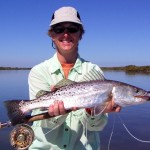
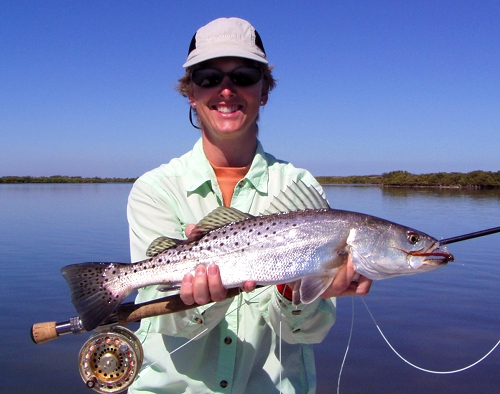
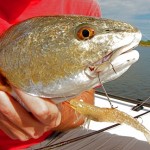
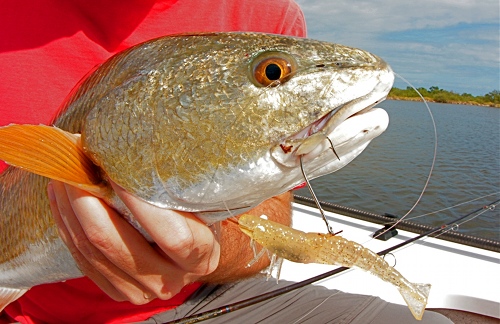
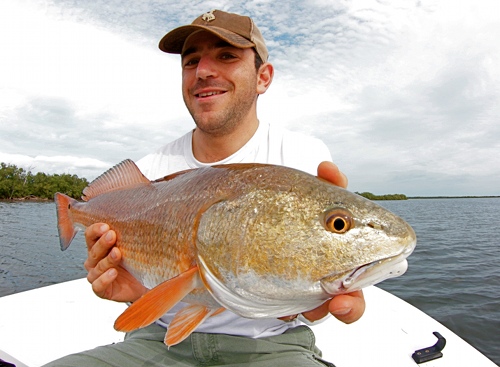
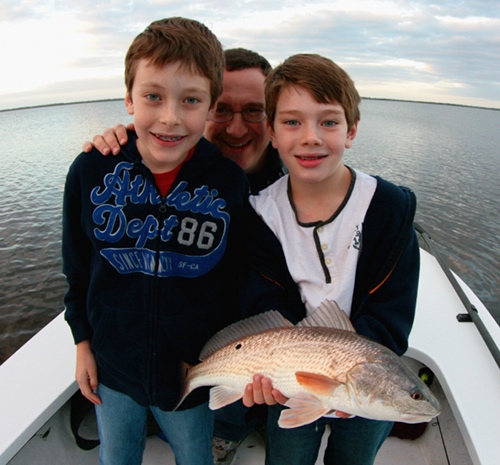
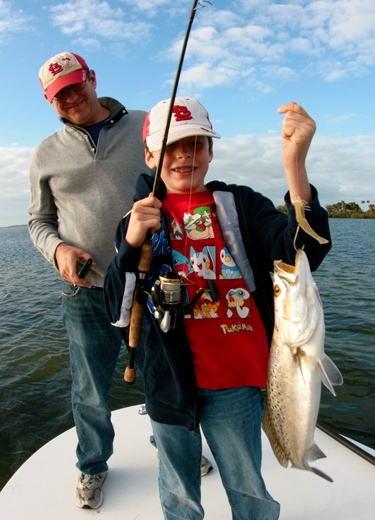
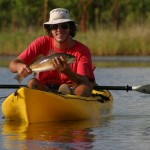
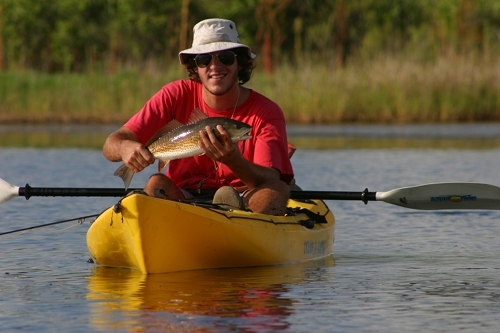
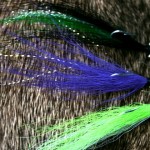
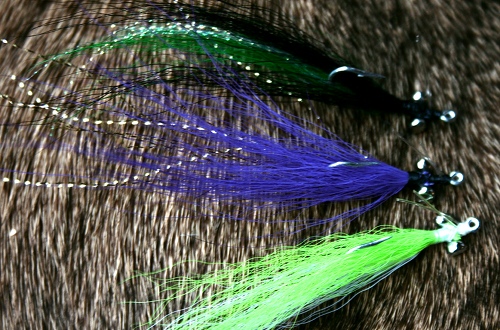
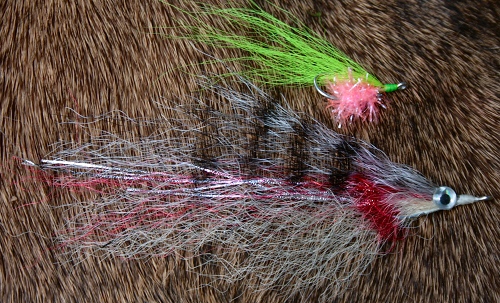
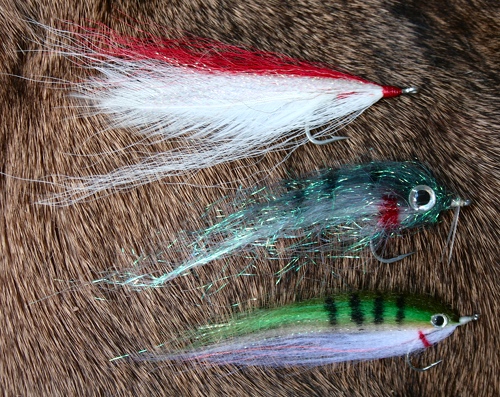
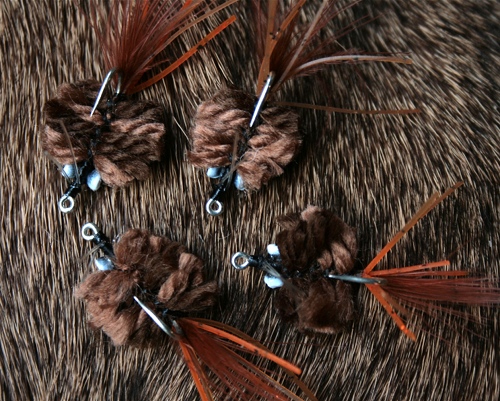
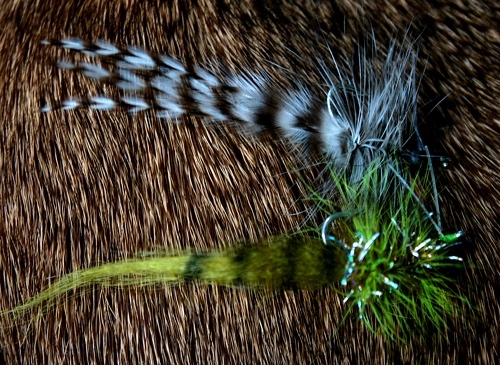
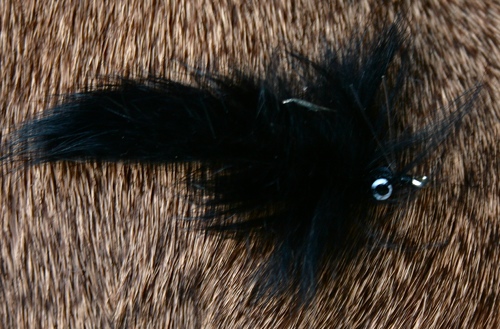
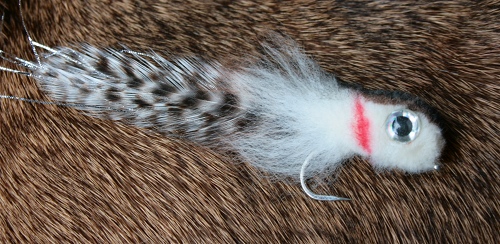
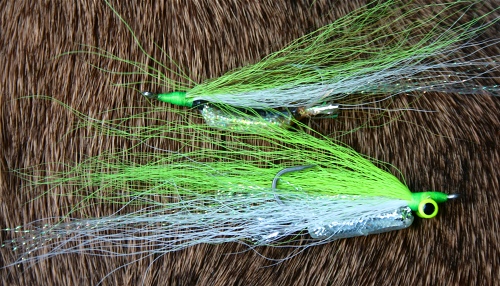
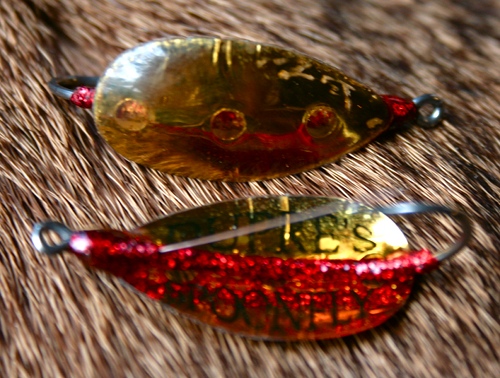
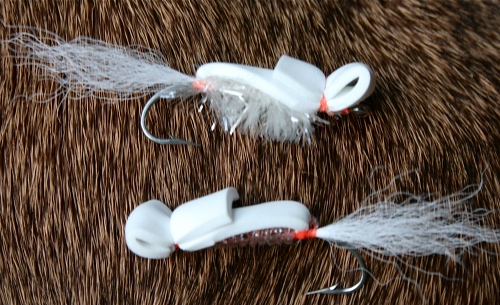
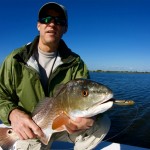
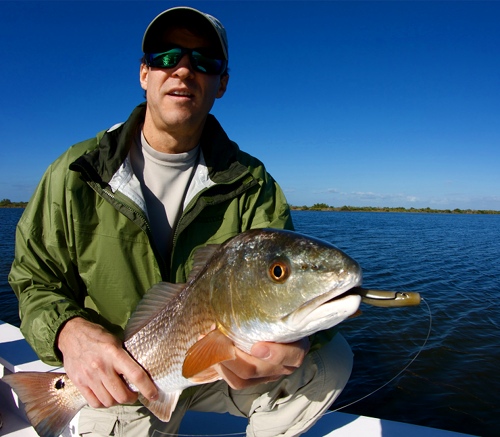
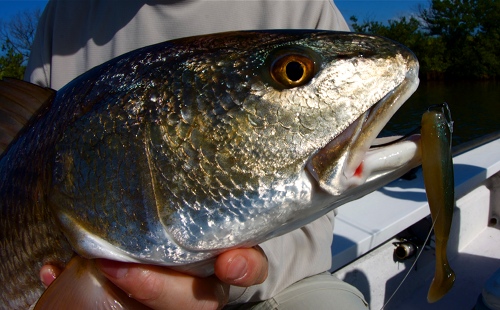
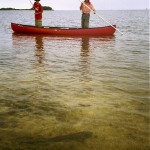
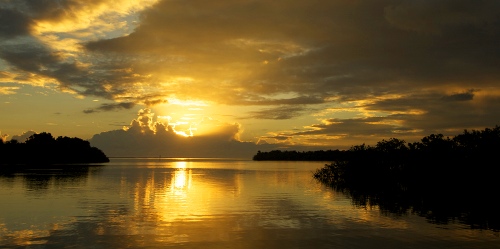
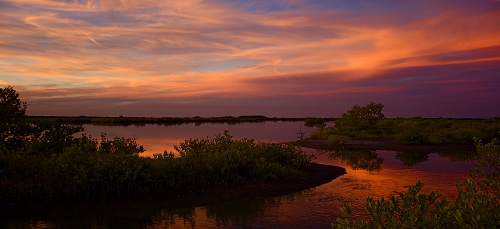
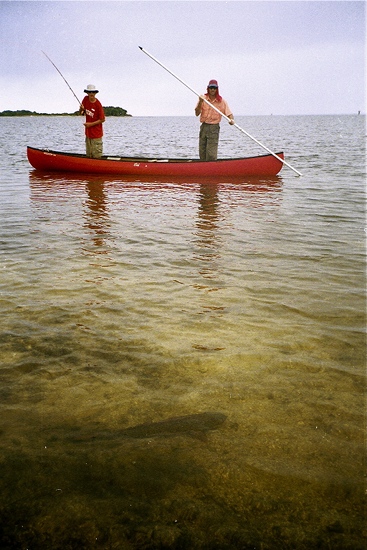
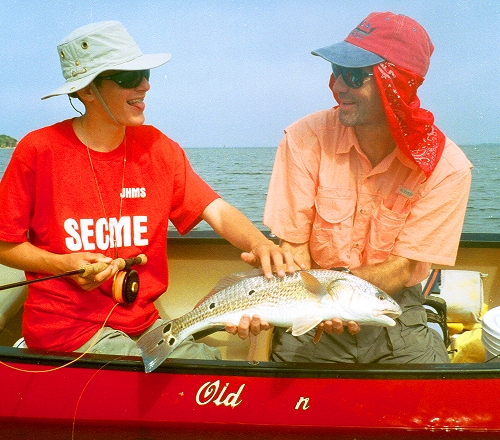
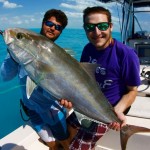
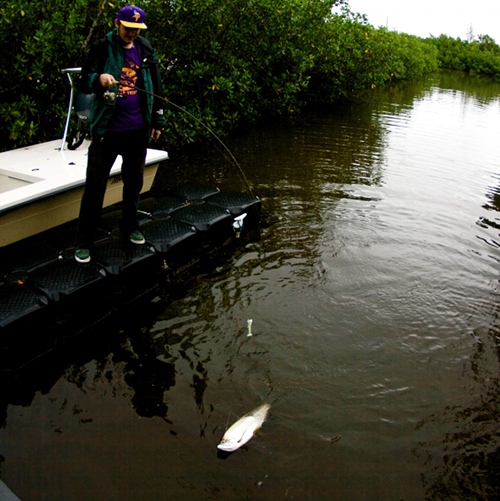
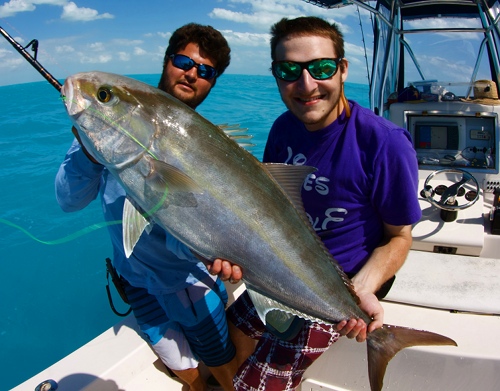
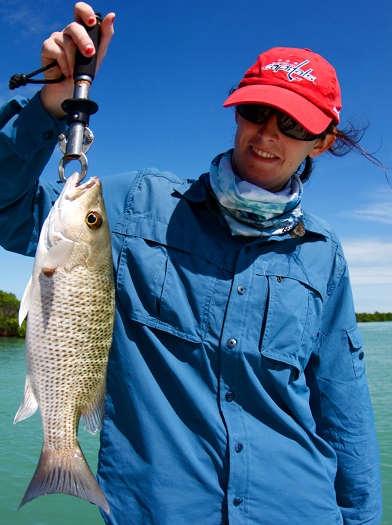
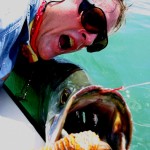
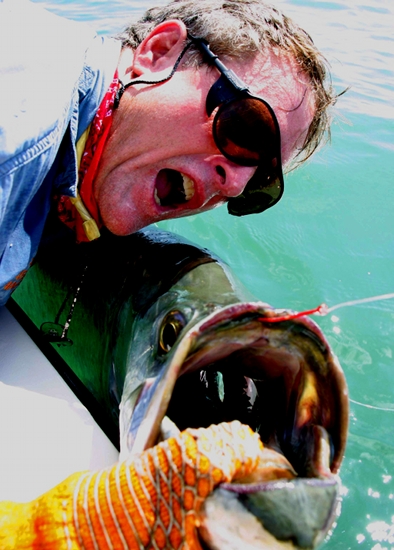
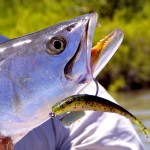
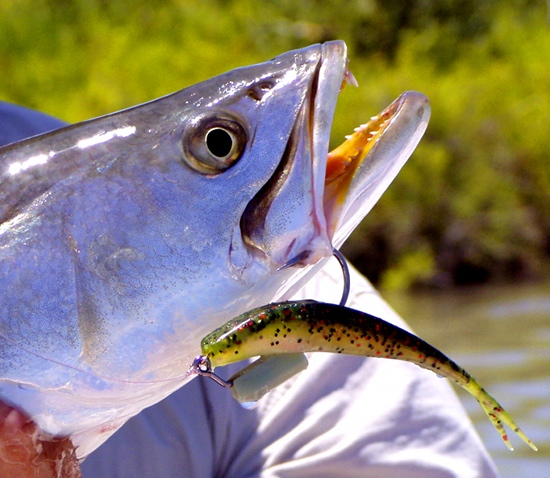
Recent Comments